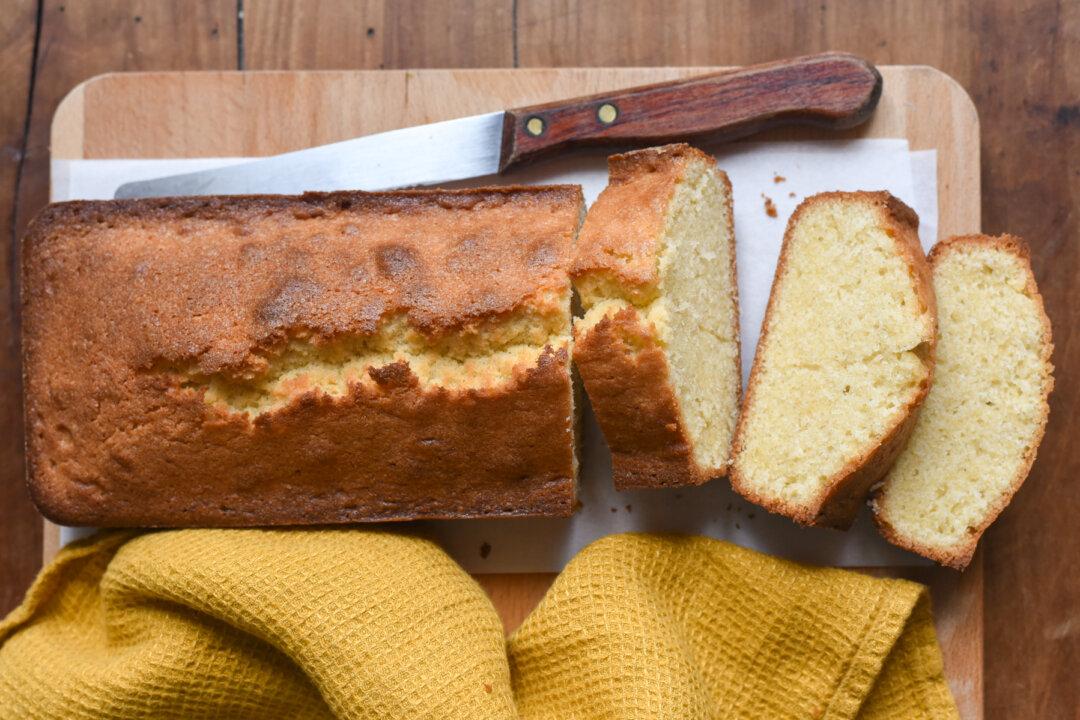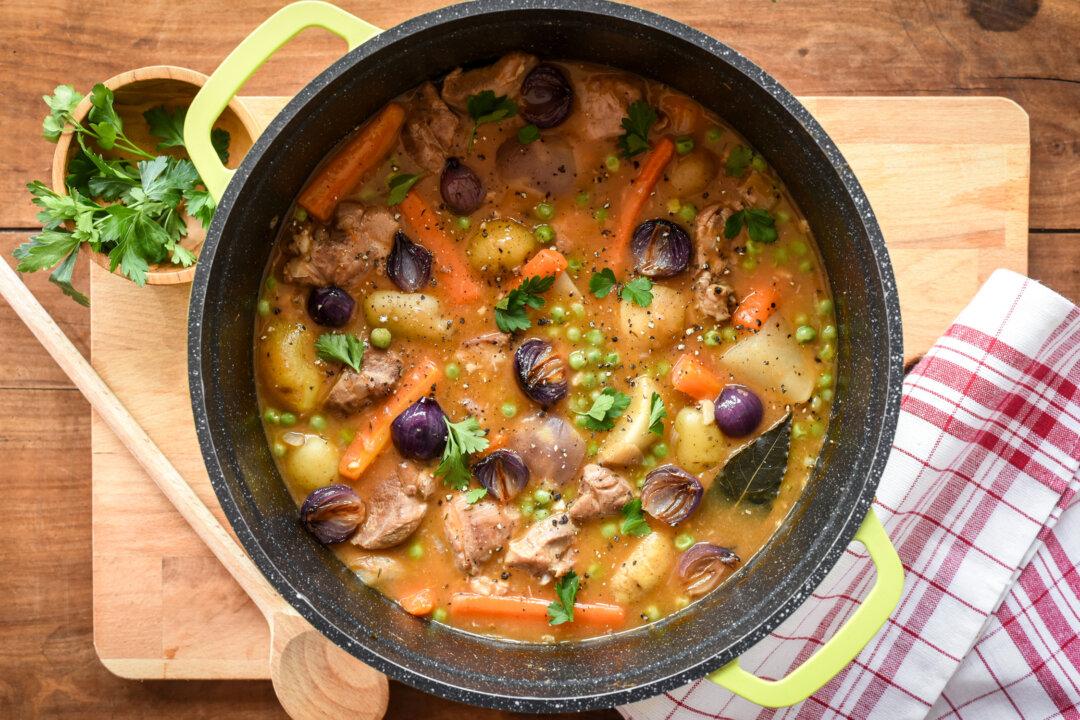You won’t find cinnamon, nutmeg, or any other typical fall baking spices in a classic French apple cake. Nor will you find any nuts, glaze, or extra crumble topping.
What you will find, though, are hefty chunks of apples, nestled in a tender, buttery, rum-infused cake, all finished with a crackly, sugary top. The apples shine beautifully.





